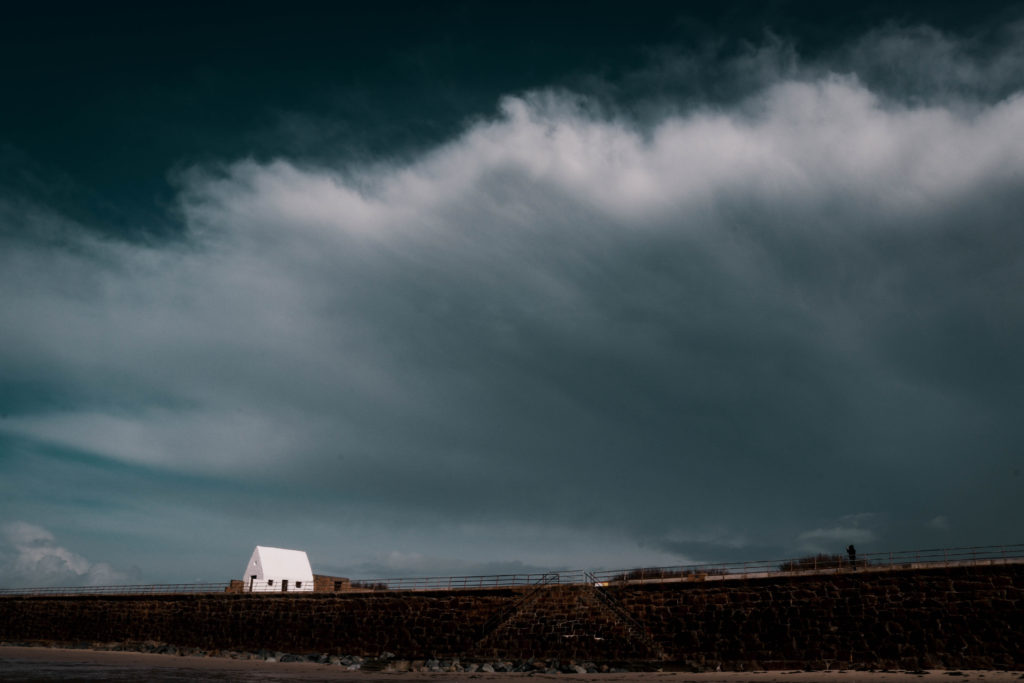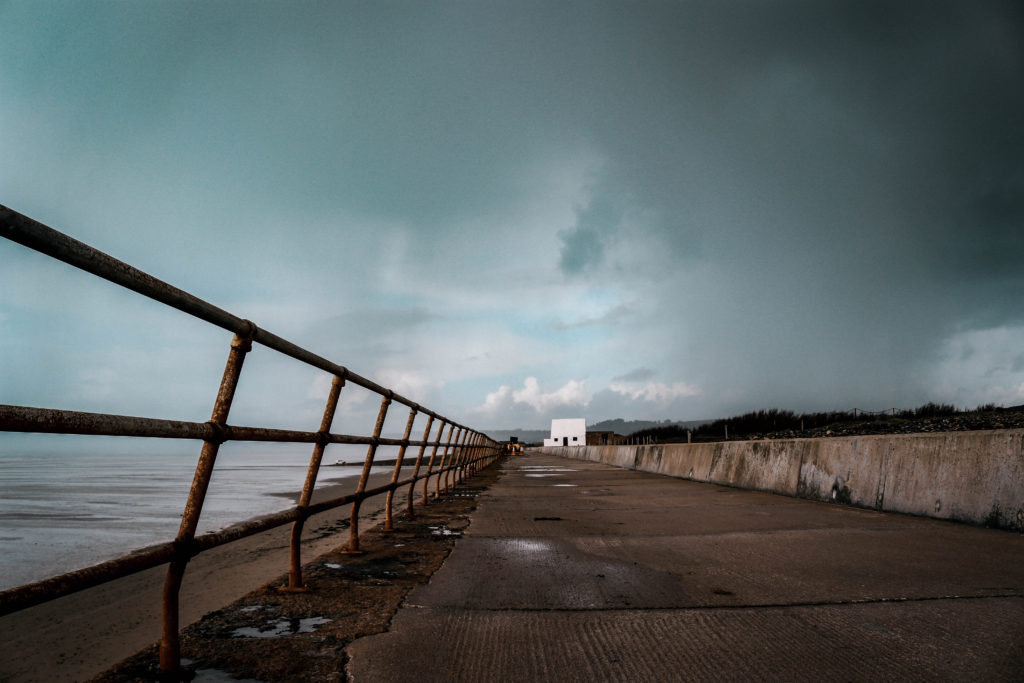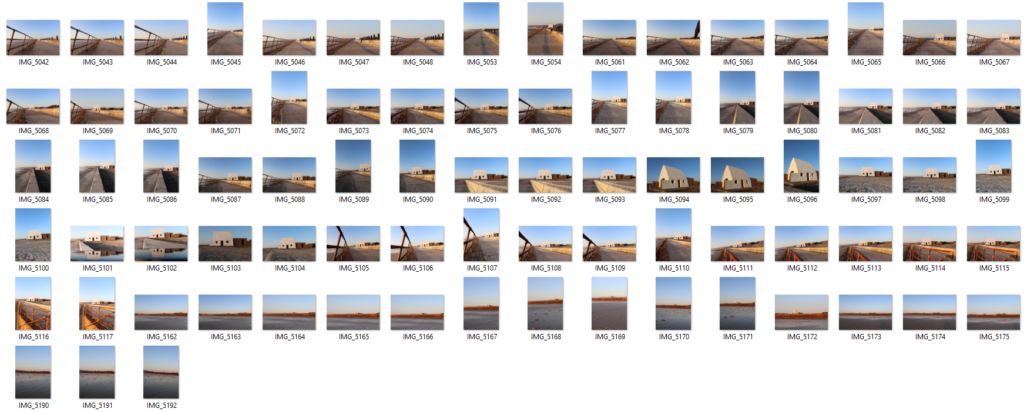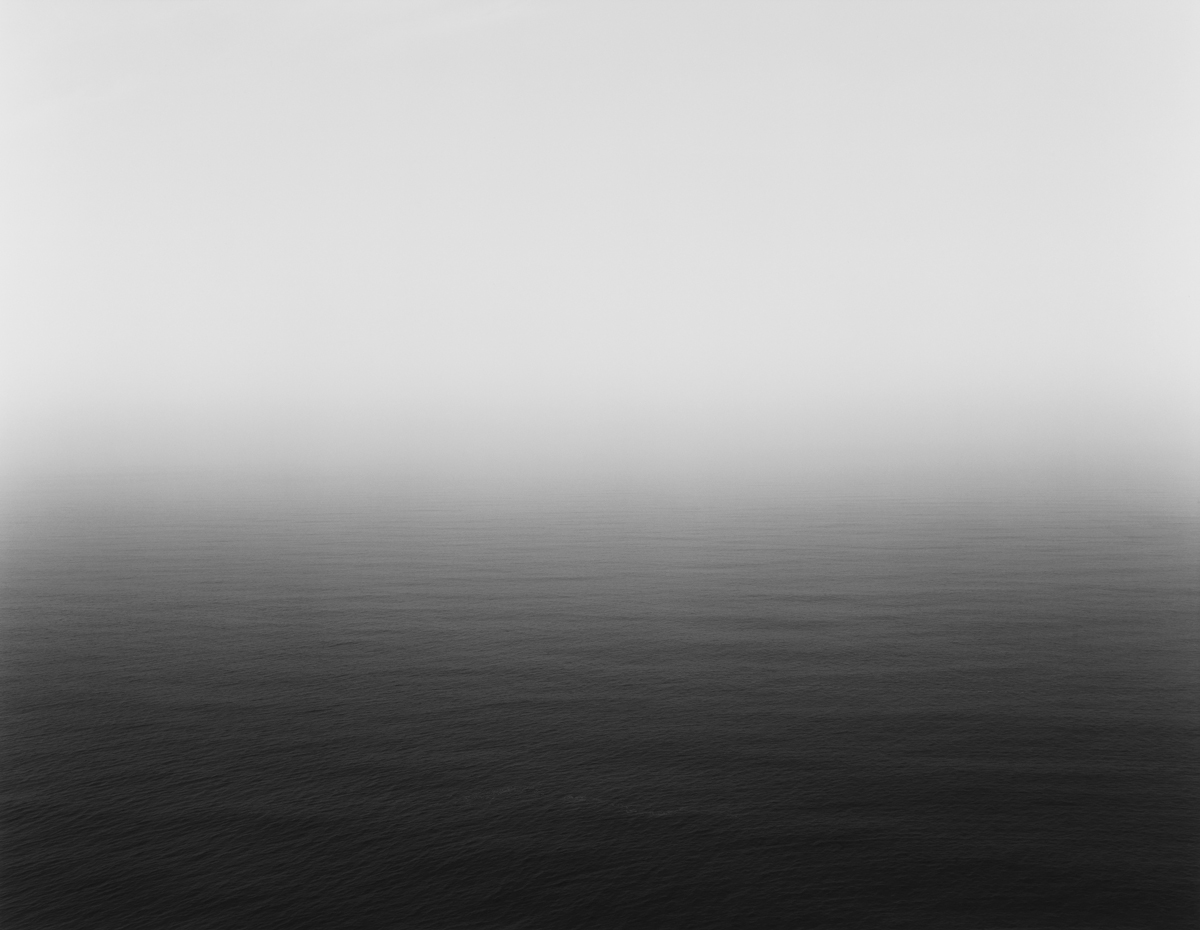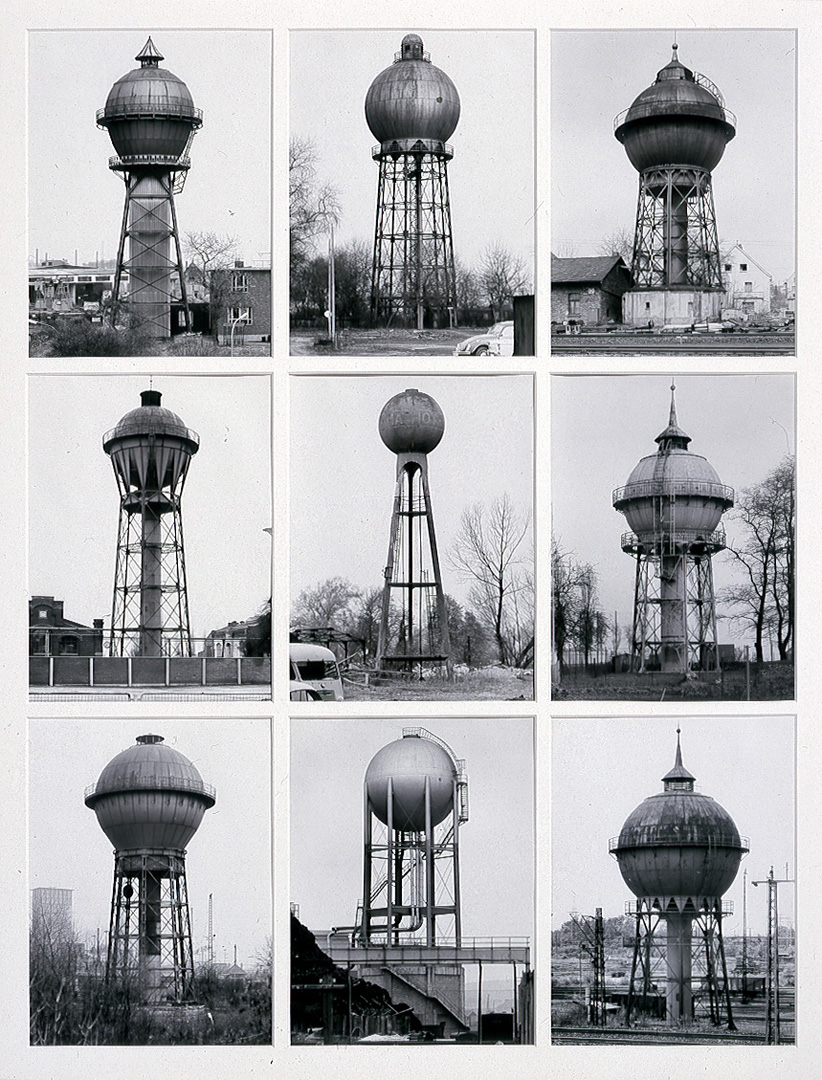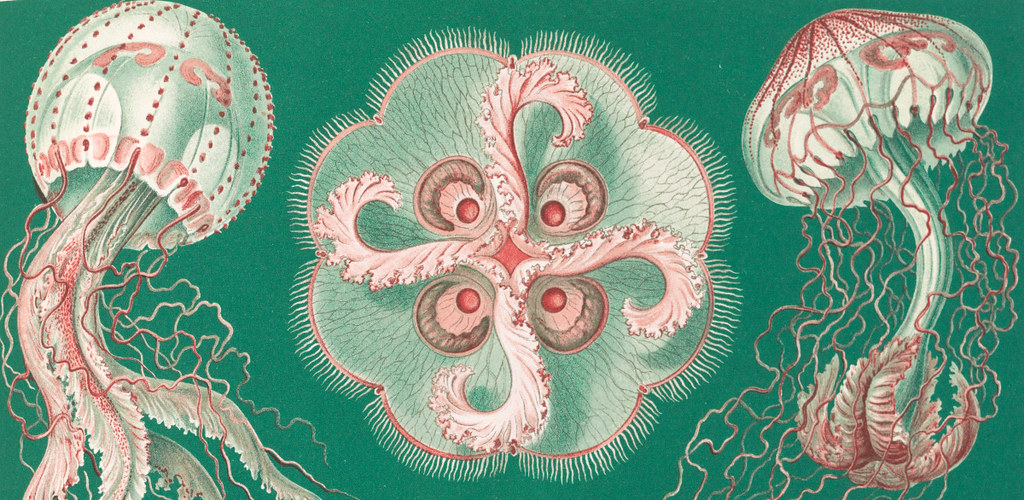Hiroshi Sugimoto is a Japanese photographer and architect. He leads the Tokyo-based architectural firm ‘New Material Research Laboratory’. Sugimoto has spoken of his work as an expression of ‘time exposed’, or photographs serving as a time capsule for a series of events in time. His work also focuses on transience of life, and the conflict between life and death. Sugimoto is also deeply influenced by the writings and works of Marcel Duchamp, as well as the Dadaist and Surrealist movements as a whole. He has also expressed a great deal of interest in late 20th century modern architecture.
I am particularly interested in his project titled ‘seascapes’. In 1980 he began working on an ongoing series of photographs of the sea and its horizon, Seascapes, in locations all over the world, using an old-fashioned large-format camera to make exposures of varying duration (up to three hours). The locations range from the English Channel to the Arctic Ocean, from Italy, to the Tasman Sea and from the Norwegian Sea to the Black Sea in Turkey. The black-and-white pictures are all exactly the same size, bifurcated exactly in half by the horizon line. The systematic nature of Sugimoto’s project recalls the work Sunrise and Sunset at Praiano by Sol LeWitt, in which he photographed sunrises and sunsets over the Italy. Within this project there is a clear attention to the depiction of light and how it shapes the landscape as appose to the traditional landscape images from the romantic genre.
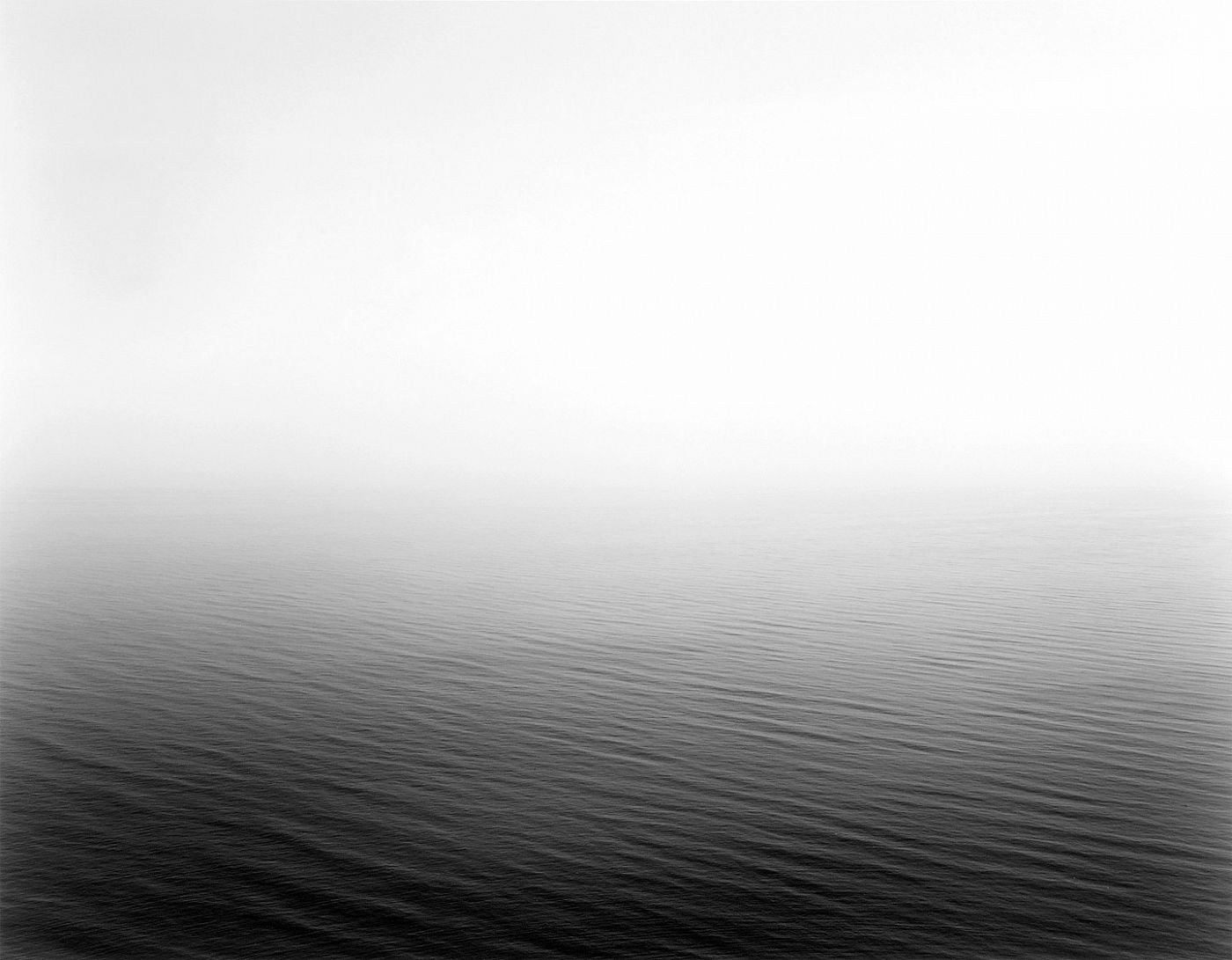
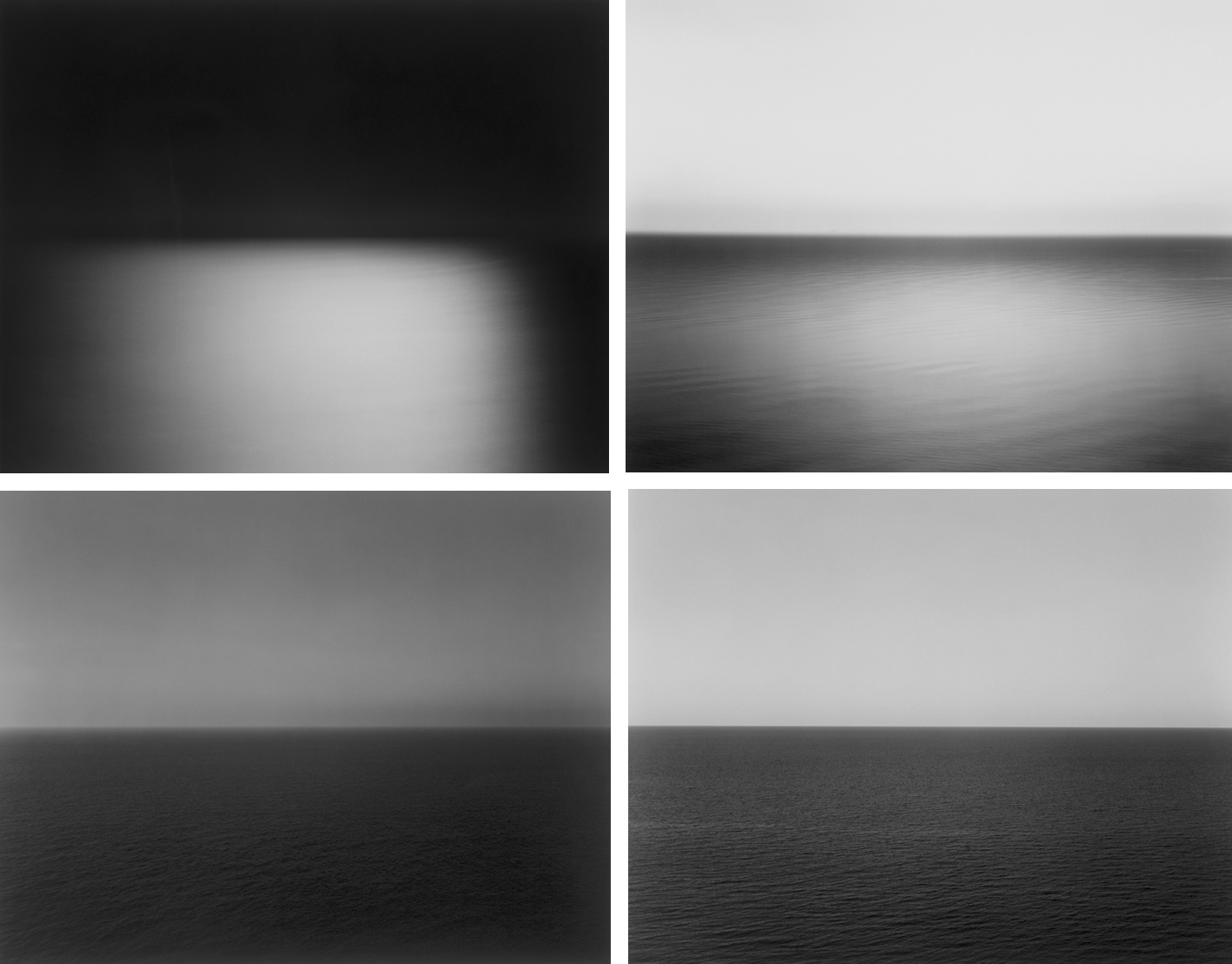
All the images within this project are rather similar within the way they all consist of exactly half of the ocean and half of the sky. Another similarity is the fact they consist of black and white color tones which also links to my previous two artist references. Tommy ingberg’s images are all in black and white and also Ernst Haekel has works that happen to use the black and white color range. On the other hand, there are also a variety of shutter speeds clearly being used to capture the images with some of the photos being rather clear others are extremely hazy making it almost impossible to work out what the imagery is of. This unique perspective of the sea has elements of time and movement embedded into them as well as a clear interest for nature.
Analysis
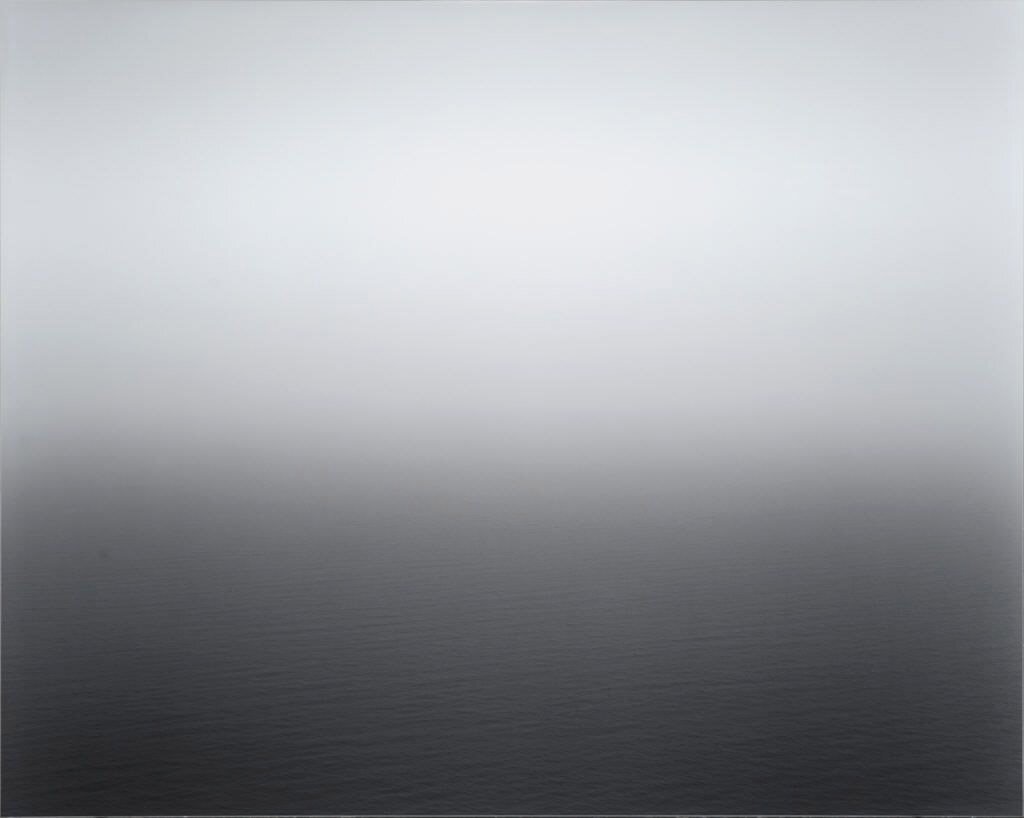
This particular image and all the others embedded within the book are all neutral black and white. The image is formatted horizontally and there is a divide directly in the middle distinguishing the sea and the sky. There is no land mass or man made objects within this image, it contains only three elements; light water and air. Having very little features in the image gives a minimalist approach which is visually pleasing. This image has indications of movements on the water surface however mostly is hidden under the fog, haze and light clouds.
Splitting the frame in half, the images are classically balanced and no emphasis has been inferred to either sky or the water. There are no lines within the image that lead us to any part of the image or which emphasize one area or another. Minor pattern or texture on the water or within the sky do not demand our attention but provide some variety within an overall sameness. The affect of the computational structure is that while our eyes may freely wander, they tend to gravitate back to the center of the image and the horizon. Within this image and all the others contained within the project, he places the horizon in the center. I think this is to do with the instinctual human way of seeing. If we stare into the horizon, we stare right into the middle of it. In fact, anything we look at, due to the basic nature of human perception, is put right in the middle of our field of vision. I assume that Sugimoto knows this and has purposely constructed the image in this sense to reflect this.
The elimination of any land mass or man made objetcs means we have no way to determine where or when the images were made. Land mass characteristics allow identification of a place as well as man made structures or even a particular boat. These factors may even give a sense of time frame on when the image was created however with the absence of these we cannot know when or where the image was taken. This gives a sense of mystery and the unknown which is really interesting as it gets the viewer engaged with the image. Another thought that comes to mind when I consider the minimalist approach is a connection to the biblical view of the creation of the earth, being originally covered in water with light introduced before land surfaced.
I think through this particular image and the project as a whole the intent was to create a sense that, regardless of where we are, we could all go to a large body of water and see the same thing. The fact that we would share the same visual experience regardless of if we did that now, in the past or in the future. Our internal experience stimulated by the view will be more individual and vary from person to person. I think that Sugimoto’s view based on the quiet nature of the image is thought provoking. I also think he is expressing the ocean as a place to relax, where the repetitive sounds and beautiful view allow our minds to disconnect with any stress and simply enjoy life.

